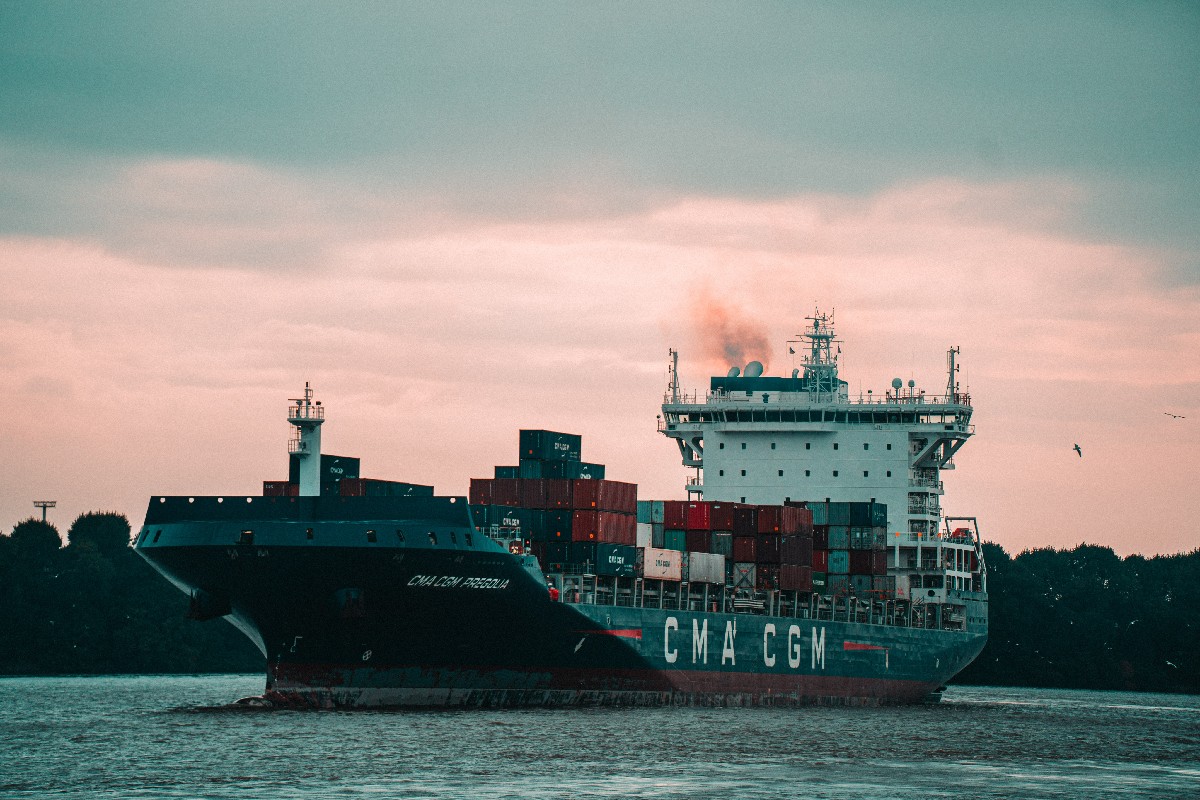5 things that could impact your supply chain in 2022
Scroll to find out more
Scroll to find out more

From global congestion and rates reaching historically high levels to a giant ship blocking the Suez Canal, 2021 was an unforgettable year, to say the least. But how can we use 2021 to indicate what we might expect in the upcoming year, and how can you prepare for the unpredictable?
The first step is to take a look at what can impact your supply chain to plan for a worst-case scenario with your freight forwarder. Here are a few key things that could cause disruption in 2022.
With the highly spreadable Omicron variant, it is likely that government lockdowns will continue to cause container backlog due to port closures or reduced opening hours. For example, last year saw the shutdown of Yantian that amounted to double the disruption of the Suez Canal blockage.
The Omicron variant could also see new shutdown measures, but with each country adopting different angles to the pandemic, some areas may see greater port congestion and delays than others.

The looming presence of Brexit will also unfold and impact UK importers as new custom regulations could slow down the supply chain. As of January 2022, importers will no longer benefit from easements that gave importers more time to complete customer declarations.
Importers will be required to have everything they need from all parties in one place to avoid delays. This means that having visibility of how inventory is moving in your supply chain and easy access to documentation will be paramount.
Supply chain bottlenecks from 2021 will continue to cause issues in 2022. With port congestion forcing ships to spend days and sometimes weeks queuing to berth, an estimated 12% of global ocean freight capacity is unavailable to the market, which will only worsen if ports are affected by local lockdowns.
This is currently intensified by the pre-Chinese New Year peak, where the insufficient capacity cannot handle the demand. Given the scale of the bottlenecks, it’s unlikely that they will be resolved until the second half of the year at the earliest.

While space, rates, and lead times are paramount, other concerns such as sustainability in the supply chain are growing. Concerns about the impact of global warming are causing more and more customers to choose the brands they buy from based on their dedication to being sustainable.
Additionally, a review of carbon efficiency in 2023 may cause costs to increase for carriers which could impact cargo owners. This makes reducing your carbon emissions and creating buffers throughout 2022 imperative to help reduce the effects of any new regulations.
Many of the potential threats of 2022 communicate a need to digitise your supply chain. With a digitised supply chain, you can see every stage of your cargo’s journey, delays that may occur and, with various countries switching to digital systems for customs, you can have everything you need, all in one place.
For example, the Zencargo platform can help you to plan, find the best solution for your cargo, make adjustments to your shipment in real-time, and improve communication throughout your supply chain via chat functionality for each PO or shipment.
With the turbulence of last year, are you ready for 2022? Download our 2022 Outlook guide using the form below to prepare and get insight into what to expect this year.

In Focus: Geopolitical impacts on major trade routes On the Transpacific route,...

The U.S. government’s 90-day pause on global reciprocal tariffs (excluding Chin...

19 June 2025 — Zencargo, a global digital freight forwarder, empowering business...